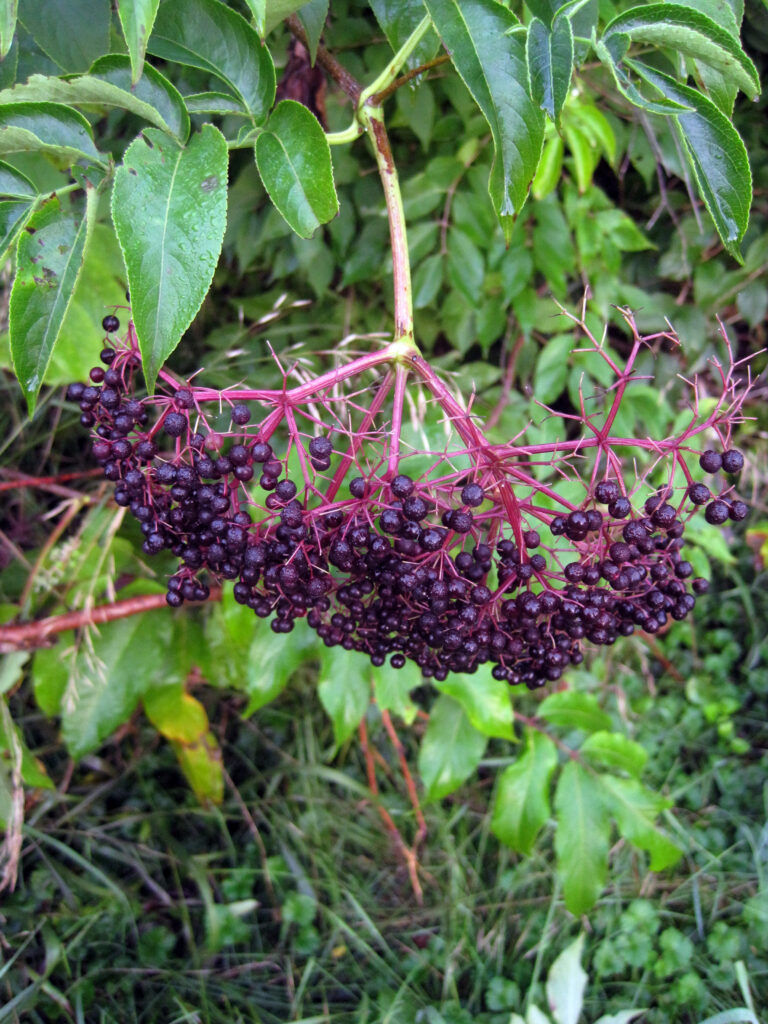Last year was the first time I decided to carry the American Black Elderberry (Sambucus canadensis) after several customers had been asking for it. It was one of my best selling plants of the year. The Covid outbreak created quite the shortage of elderberry syrup and fresh berries, so many people decided to start plating their own bushes. Its an often overlooked shrub native to Indiana that is great for wildlife, butterflies and for its edible fruit. It grows well in a medium to wet well drained soil including good old Indiana clay. It is a deciduous, somewhat sprawling, suckering shrub that typically grows to 5-12’ tall. In the wild it typically occurs on streambanks, moist woodlands, thickets, fence rows and roadsides throughout the State. If your looking for a useful flowering/fruiting shrub for the border of your pond, to hide a fence row or create a natural thicket give the American Black Elderberry some consideration. If you aren’t building a food forest or looking for that naturalized hedge consider growing them in large containers.
The fruit of the black elderberry plants are sometimes used to make jams, jellies, pie filings, elderberry wine and for medicinal purposes.


You can read more great information about the Common Black Elder berry at the North Carolina Extension

Thanks for the nice honeyberry and elderberry plants. Please add me to your e-mailing list. Thanks.